Black-necked Swan
- February 27, 2024
- 0 comment
The Black-necked Swan, scientifically known as Cygnus melancoryphus, is a captivating waterfowl species native to the wetlands of South America. Renowned for its striking appearance, this swan stands out with its contrasting black neck against a snowy white body, making it a sight to behold in its natural habitat. Along with its aesthetic appeal, the Black-necked Swan boasts unique adaptations for thriving in freshwater environments, where it gracefully navigates ponds, lakes, and marshes.

Despite facing challenges from habitat loss and human disturbance, conservation efforts are underway to ensure the continued survival of this iconic species. With its symbolic significance in indigenous cultures and its role in maintaining ecological balance, the Black-necked Swan holds a special place in the rich tapestry of South American wildlife.
| Feature | Description |
|---|---|
| Scientific Name | Cygnus melancoryphus |
| Common Name | Black-necked Swan |
| Physical Appearance | – Predominantly white body – Glossy black neck – Pink feet and legs |
| Habitat | Freshwater habitats such as lakes, ponds, and marshes |
| Distribution | Found primarily in South America, including countries like Chile, Argentina, Brazil, and Uruguay |
| Diet | Herbivorous, feeding on aquatic vegetation such as submerged plants, algae, and grasses |
| Reproduction | – Form monogamous pairs during breeding season – Clutch size: 4 to 6 eggs – Incubation period: 35 to 40 days |
| Conservation Status | Classified as “Least Concern” on the IUCN Red List |
| Threats | Habitat loss, pollution, human disturbance |
| Adaptations | Ability to thrive in freshwater and brackish water habitats |
| Lifespan | Average lifespan of 15 to 20 years in the wild |
| Cultural Significance | Revered in indigenous cultures of South America, often featured in folklore and ceremonies |
The Black-necked Swan, scientifically known as Cygnus melancoryphus, is a graceful and captivating species of waterfowl native to South America. With its striking black neck contrasting against a snowy white body, this swan species has garnered attention for its elegance and beauty.
Physical Characteristics
Plumage
The plumage of the Black-necked Swan is predominantly white, covering most of its body. However, what distinguishes this species is its striking contrast with a glossy black neck. This unique feature makes the Black-necked Swan easily identifiable among other swan species.
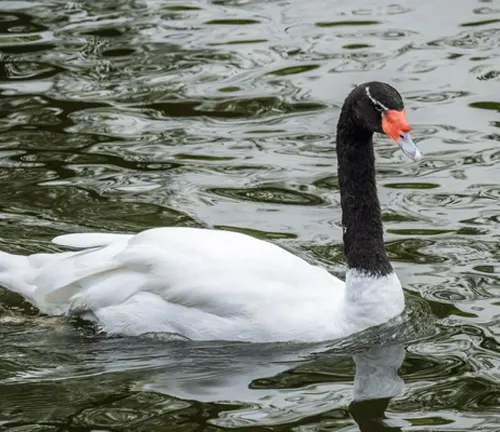
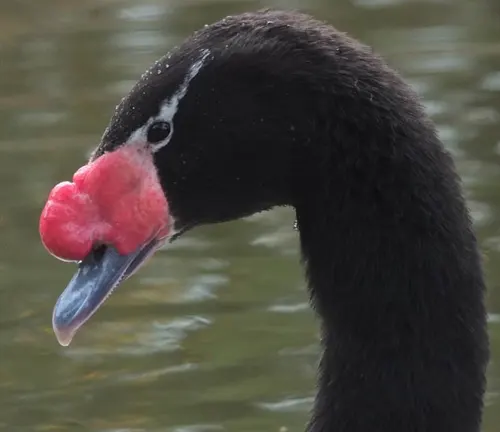
Neck
As the name suggests, the Black-necked Swan is characterized by its black neck. This neck coloration serves both aesthetic and functional purposes. It not only adds to the bird’s elegance but also aids in species recognition and mate attraction. The contrast between the black neck and white body is a key feature of this species.
Feet and Legs
Black-necked Swans have distinctive pink feet and legs, adding a vibrant splash of color to their appearance. These pink appendages are adapted for navigating their aquatic habitat, allowing them to swim and forage for food with ease. The coloration of their feet and legs is a notable feature that complements their overall beauty and gracefulness.
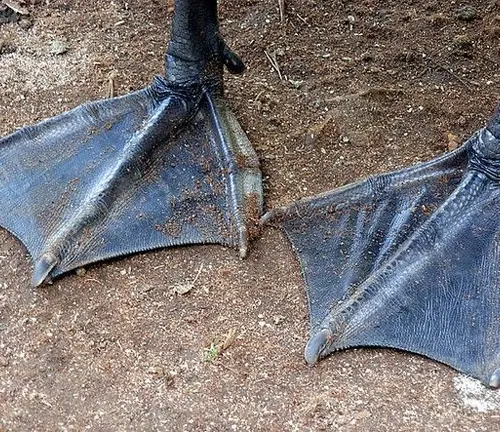
Habitat and Distribution

Habitat
Black-necked Swans primarily inhabit freshwater habitats such as lakes, ponds, marshes, and lagoons. They are typically found in areas with abundant aquatic vegetation, which provides them with food and nesting material. These swans are well-adapted to wetland environments and are often seen gliding gracefully across calm waters as they forage for vegetation.
Distribution
The natural range of the Black-necked Swan is primarily in South America. They are native to countries such as Chile, Argentina, Brazil, and Uruguay. Within these countries, they are distributed across various regions, depending on the availability of suitable wetland habitats. While they have a relatively localized distribution compared to some other swan species, Black-necked Swans can be found in both coastal and inland areas where freshwater habitats exist.
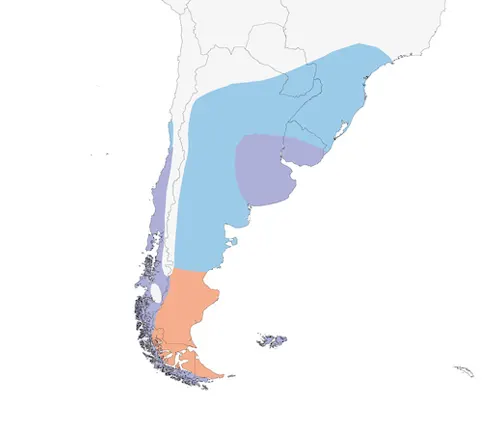
Behavior and Diet
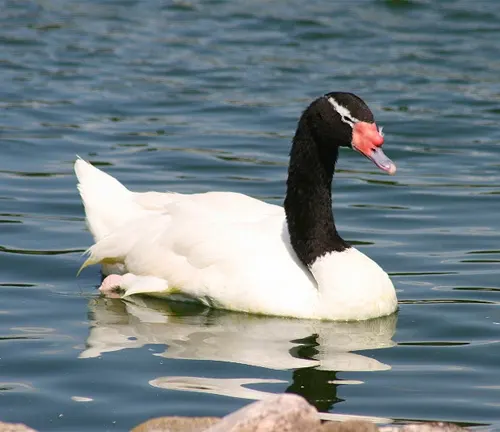
Behavior
Black-necked Swans are known for their graceful and serene demeanor, both on land and in water. They are often observed gliding effortlessly across the surface of freshwater bodies, using their webbed feet to propel themselves forward. These swans are typically social birds and can be found in pairs or small groups, especially during the breeding season. While they are generally peaceful, they may become territorial and defensive, particularly when protecting their nests and young.
Diet
Black-necked Swans are herbivorous birds, primarily feeding on aquatic vegetation. Their diet consists mainly of submerged plants, algae, grasses, and other aquatic vegetation found in their wetland habitats. They use their long necks to reach underwater vegetation, often uprooting or grazing on vegetation near the water’s surface. Additionally, they may also feed on land-based plants and grains, especially during periods when aquatic vegetation is scarce. Overall, their diet is well-suited to their freshwater habitat, providing them with the necessary nutrients to thrive.
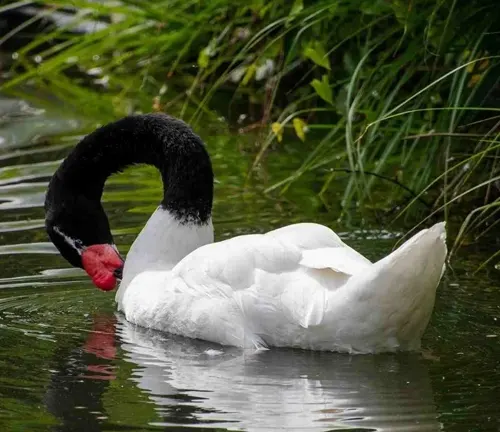
Reproduction and Life Cycle
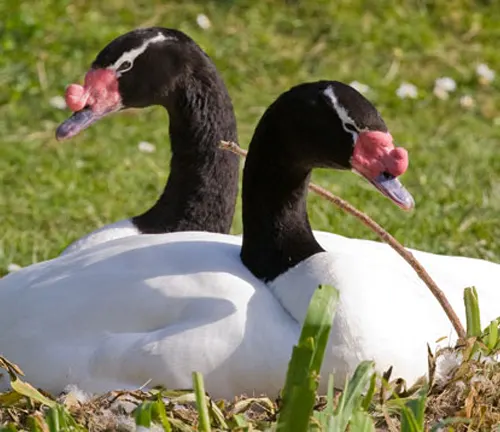
Reproduction
Black-necked Swans typically form monogamous pairs during the breeding season. Courtship displays involve elaborate behaviors such as synchronized swimming, head bobbing, and vocalizations. Once a pair has formed, they collaborate to build a large nest near the water’s edge using plant material and feathers. The female lays a clutch of usually four to six eggs, which both parents take turns incubating for about 35 to 40 days. During this incubation period, the parents diligently tend to the eggs, rotating them regularly to ensure even warmth and protection.
Life Cycle
Upon hatching, the cygnets are precocial, meaning they are born with downy feathers and are capable of swimming and feeding shortly after birth. The parents provide constant care and protection to the young cygnets, guiding them to food sources and guarding them against potential predators. As the cygnets grow, they undergo a period of rapid development, gradually acquiring their adult plumage and learning essential survival skills from their parents. Black-necked Swans reach sexual maturity at around two to three years of age, at which point they may begin forming their own breeding pairs and continuing the cycle of reproduction.
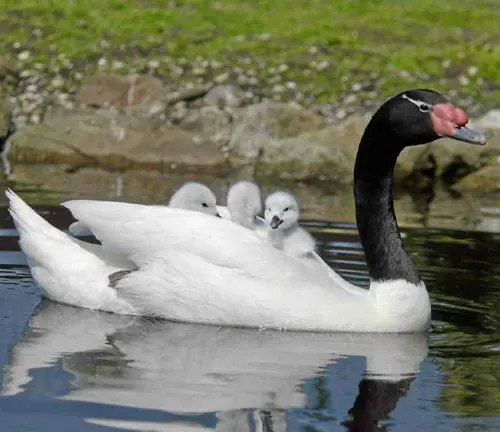
Conservation Status
The Black-necked Swan (Cygnus melancoryphus) is currently classified as a species of “Least Concern” on the International Union for Conservation of Nature (IUCN) Red List. This classification indicates that the species is not facing imminent extinction and does not meet the criteria for being considered threatened or endangered. However, despite their relatively stable population status, Black-necked Swans face various threats and challenges to their survival. These threats include habitat loss and degradation due to urbanization, agricultural expansion, pollution of water bodies, and disturbance from human activities such as boating and recreational use of wetland habitats. While localized declines in some regions have been reported, overall population trends for the species remain relatively stable. Conservation efforts aimed at protecting wetland habitats and raising awareness about the importance of preserving these ecosystems are crucial for ensuring the continued survival of the Black-necked Swan and other waterfowl species.
Threats and Challenges
Despite being classified as a species of “Least Concern” on the IUCN Red List, Black-necked Swans face several threats and challenges to their populations. One of the primary threats is habitat loss and degradation due to human activities such as urbanization, agricultural expansion, and infrastructure development. Wetland habitats, which are crucial for the survival of Black-necked Swans, are often drained, polluted, or converted for other uses, resulting in loss of suitable breeding and foraging grounds. Pollution of water bodies, including contamination from agricultural runoff, industrial discharge, and littering, poses additional risks to the health of Black-necked Swans and their habitats. Human disturbance, such as recreational activities like boating, fishing, and hunting, can also disrupt their natural behaviors and breeding activities, leading to stress and decreased reproductive success. Climate change may exacerbate these threats by altering habitat conditions and increasing the frequency and severity of extreme weather events. Addressing these threats requires coordinated conservation efforts focused on habitat protection, restoration, and sustainable management practices, as well as raising awareness about the importance of preserving wetland ecosystems for the benefit of Black-necked Swans and other wildlife species.
Conservation Efforts
Conservation efforts focused on protecting the Black-necked Swan and its habitat are essential for ensuring the long-term survival of this species. These efforts often involve collaboration between governments, conservation organizations, local communities, and other stakeholders to address the various threats and challenges facing Black-necked Swans.
One key conservation strategy is the establishment and management of protected areas and wetland reserves that provide essential habitat for Black-necked Swans and other waterfowl species. These protected areas help safeguard critical breeding and foraging habitats, ensuring that suitable habitats remain intact and available for the swans to thrive.
Habitat restoration initiatives play a crucial role in improving the quality and connectivity of wetland habitats for Black-necked Swans. Restoration efforts may include habitat enhancement, reforestation, wetland reclamation, and invasive species management to restore degraded habitats and create more favorable conditions for the swans.
Raising awareness about the importance of wetland conservation and the value of Black-necked Swans as indicators of ecosystem health is another important aspect of conservation efforts. Education and outreach programs engage local communities, schools, and stakeholders to promote responsible environmental stewardship and encourage sustainable use of wetland resources.
Research and monitoring programs are essential for gathering data on Black-necked Swan populations, habitat use, and threats, which inform conservation decision-making and management strategies. By studying the ecology and behavior of Black-necked Swans, scientists can better understand their needs and develop targeted conservation actions to address specific challenges.
Interesting Facts
- Black-necked Swans are one of the few swan species that exhibit sexual dimorphism, with males being slightly larger than females.
- Unlike other swan species, Black-necked Swans are known to vocalize more frequently, producing a variety of honks, whistles, and trumpeting sounds.
- These swans are excellent flyers, capable of traveling long distances during migration between their breeding and wintering grounds.
Different Species
Black Swan
(Cygnus atratus)
Native to Australia, the Black Swan has black plumage with a contrasting red bill and white flight feathers.

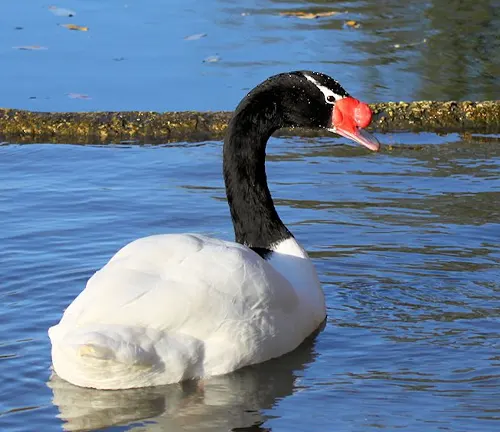
Black-necked Swan
(Cygnus melancoryphus)
This species, native to South America, has a white body with a glossy black neck and a distinctive pink bill.
Black-necked Grebe
(Podiceps nigricollis)
Although not a swan, this species is a small waterbird found in Eurasia and Africa. It has a black neck and head during the breeding season, with a white face and a dark body.
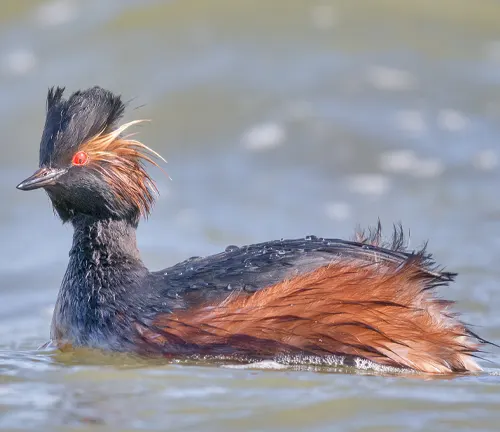
Frequently Asked Questions (FAQs)
- What is a Black-necked Swan?
The Black-necked Swan (Cygnus melancoryphus) is a species of swan native to South America, known for its striking black neck and white plumage. - Where are Black-necked Swans found?
Black-necked Swans are primarily found in freshwater habitats such as lakes, ponds, and marshes across South America, including countries like Chile, Argentina, Brazil, and Uruguay. - What do Black-necked Swans eat?
Black-necked Swans are herbivorous, feeding on aquatic vegetation such as submerged plants, algae, and grasses found in their wetland habitats. - Are Black-necked Swans endangered?
While facing threats such as habitat loss and human disturbance, Black-necked Swans are currently classified as a species of “Least Concern” on the IUCN Red List. - Do Black-necked Swans migrate?
While some populations may undertake seasonal movements, Black-necked Swans are generally non-migratory or only make short-distance movements within their range. - How long do Black-necked Swans live?
In the wild, Black-necked Swans have an average lifespan of 15 to 20 years, while those in captivity may live longer under optimal conditions. - Do Black-necked Swans mate for life?
Yes, Black-necked Swans typically form monogamous pairs during the breeding season and may remain together for multiple breeding seasons. - What are the threats to Black-necked Swans?
Black-necked Swans face threats from habitat loss due to urbanization, agricultural expansion, pollution, and disturbance from human activities. - Are Black-necked Swans aggressive?
Black-necked Swans are generally docile but may become defensive or protective of their nest and young if threatened. - Can Black-necked Swans be kept in captivity?
Yes, Black-necked Swans can adapt well to captivity and are sometimes kept in zoos, wildlife parks, and waterfowl collections for educational and conservation purposes.


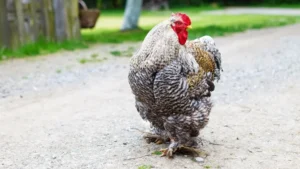
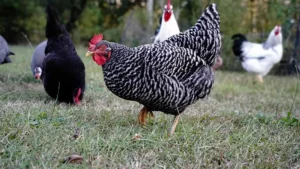
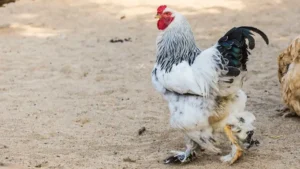
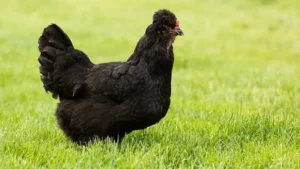
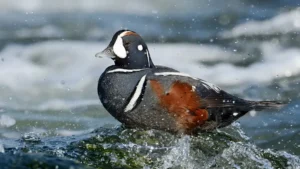
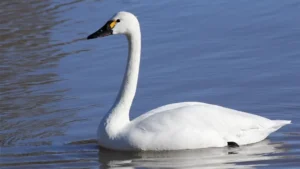
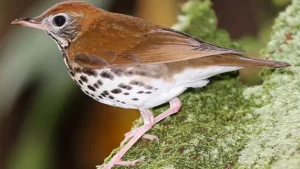
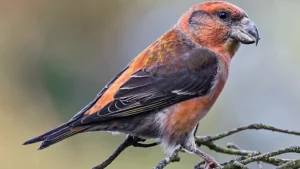


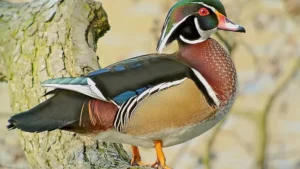

Leave your comment